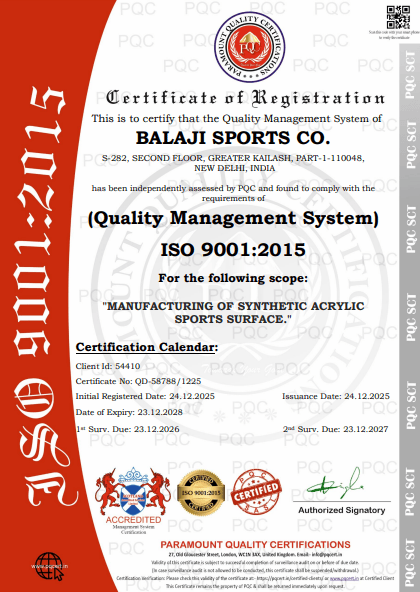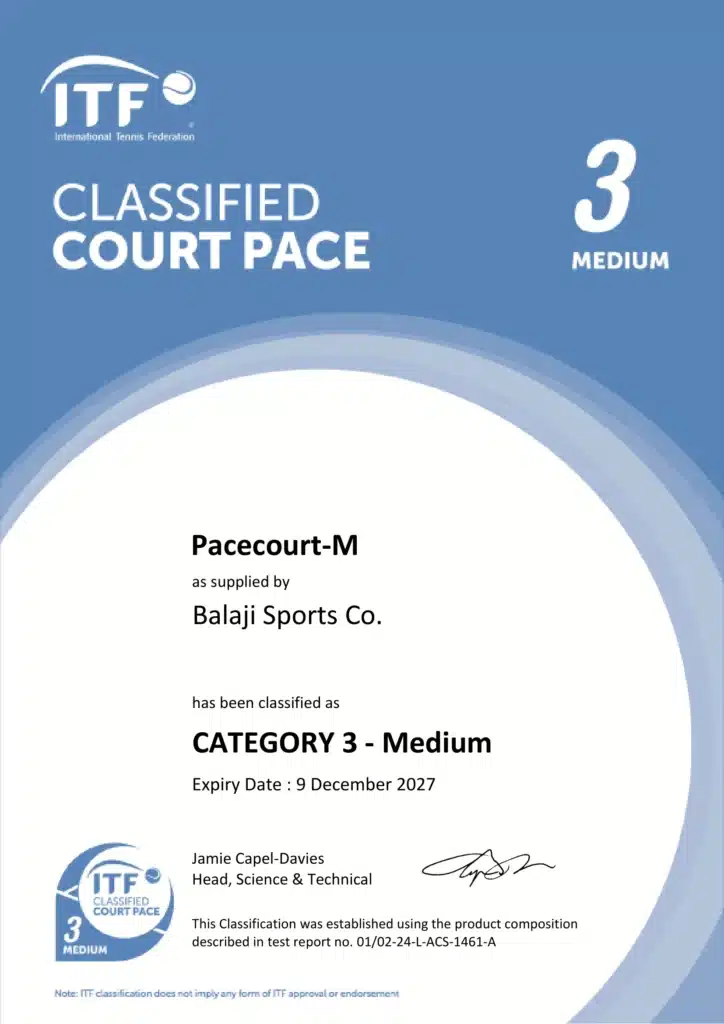Gym Flooring Guide: Best Options for Safety, Durability & Performance
Step into any world-class gym and notice what’s beneath your feet. That premium rubber flooring absorbing the impact of dropped weights, the seamless surface enabling smooth cardio movements, the specialized mats cushioning high-intensity workouts—none of it happened by accident. Gym flooring represents far more than just something to walk on. It’s the foundation that makes or breaks every workout experience. The wrong flooring can turn a promising fitness space into a liability nightmare, while the right choice creates an environment where athletes thrive, equipment lasts longer, and safety concerns vanish. Consider the devastating reality many gym owners face: A member tears their ACL on slippery flooring during a group fitness class. Expensive equipment sustains damage from inadequate impact protection. Monthly maintenance costs spiral out of control due to poor material choices. Insurance premiums skyrocket after preventable accidents. What started as a cost-saving decision on flooring becomes a financial catastrophe that threatens the entire business. Professional gym owners, home fitness enthusiasts, and facility managers all grapple with the same challenge: navigating the overwhelming world of flooring options while balancing performance, safety, aesthetics, and budget constraints. The stakes couldn’t be higher. Your flooring choice affects everything from member satisfaction and injury rates to equipment longevity and operational costs. The fitness industry generates over $35 billion annually in the United States alone, yet studies show that 20% of gym injuries result from environmental factors—with flooring being a primary contributor. Meanwhile, facilities that invest in quality flooring report 40% fewer equipment replacements and 60% lower maintenance costs over five years. Whether you’re planning a 50,000-square-foot commercial facility, converting your garage into a home gym, or upgrading an existing fitness space, the flooring decisions you make today will impact every workout for years to come. Different activities demand different flooring solutions. The requirements for a weightlifting area differ dramatically from those of a yoga studio, cardio zone, or functional training space. This comprehensive guide will walk you through everything you need to know about gym flooring—from understanding material properties and matching flooring types to specific activities, to installation best practices and long-term maintenance strategies. You’ll discover how to evaluate durability, calculate true costs, avoid common mistakes, and create flooring solutions that enhance rather than compromise your fitness goals. By the end, you’ll have the knowledge to make confident flooring decisions that protect your investment, prioritize safety, and create the high-performance environment every fitness space deserves. Types of Gym Flooring Choosing the right gym flooring feels overwhelming when faced with countless options, each promising to be the perfect solution. Understanding the fundamental characteristics of each flooring type cuts through the marketing noise and helps you make decisions based on real performance factors. Each material brings distinct advantages and limitations. Your choice depends on how you’ll use the space, your budget constraints, and your long-term maintenance preferences. Let’s examine the most popular gym flooring options and what makes each one suitable for specific applications. Rubber Flooring: The Heavyweight Champion Rubber flooring dominates commercial gyms for good reason. It delivers exceptional durability, superior shock absorption, and impressive versatility across different workout types. Material Properties and Performance Rubber flooring comes in two primary forms: recycled rubber and virgin rubber. Recycled options use ground-up tires and other rubber products, making them cost-effective and environmentally friendly. Virgin rubber offers slightly better performance characteristics but costs significantly more. The density typically ranges from 50-80 shore A durometer, affecting both comfort and durability. Higher density provides better impact resistance for weight dropping areas, while lower density offers more cushioning for activities requiring joint protection. Advantages of Rubber Flooring Shock absorption ranks as rubber’s greatest strength. When weights hit the floor, rubber dissipates impact energy that would otherwise damage subfloors or disturb neighbors. This protection extends equipment life and reduces maintenance costs significantly. Slip resistance performs exceptionally well, even when wet. The natural texture provides grip during intense workouts while remaining comfortable for bare feet during stretching or yoga sessions. This versatility eliminates the need for multiple flooring types in mixed-use spaces. Durability exceeds most alternatives by substantial margins. Quality rubber flooring handles decades of heavy use without showing significant wear. The material resists tearing, maintains its shape under constant pressure, and recovers quickly from impacts. Chemical resistance protects against sweat, cleaning products, and spilled supplements. Unlike some materials that stain or degrade when exposed to acids or oils, rubber maintains its appearance and performance characteristics. Limitations to Consider Initial cost represents rubber’s primary drawback. Quality rubber flooring costs 2-3 times more than basic foam options, though the investment typically pays off through reduced replacement needs. Weight becomes a factor for upper-floor installations. Rubber flooring adds substantial load to building structures, potentially requiring engineering evaluation for multi-story applications. Odor can be problematic with recycled rubber products. The smell typically dissipates over time but may persist for weeks or months in poorly ventilated spaces. Best Applications Rubber flooring excels in weightlifting areas where equipment drops regularly occur. The impact absorption protects both floors and equipment while reducing noise transmission to adjacent spaces. Functional training areas benefit from rubber’s versatility. The surface works equally well for kettlebell swings, box jumps, sled pushes, and floor exercises without requiring activity-specific modifications. Foam Flooring: Budget-Friendly Versatility Foam flooring offers an accessible entry point for home gyms and light commercial applications. The interlocking tile system provides installation flexibility and reasonable performance for many activities. Material Characteristics Most gym foam uses EVA (ethylene-vinyl acetate) or PE (polyethylene) construction. EVA provides better durability and recovery properties, while PE offers cost advantages for basic applications. Thickness typically ranges from 0.5 to 2 inches, directly affecting comfort and impact absorption. Thicker options provide more cushioning but may create instability for activities requiring solid footing. Advantages of Foam Flooring Affordability makes foam attractive for budget-conscious installations. Quality foam costs 50-70% less than comparable rubber products, enabling larger coverage areas within tight budgets. Easy installation requires no special tools or professional help. The interlocking design allows quick assembly and reconfiguration as needs change. Individual tiles



